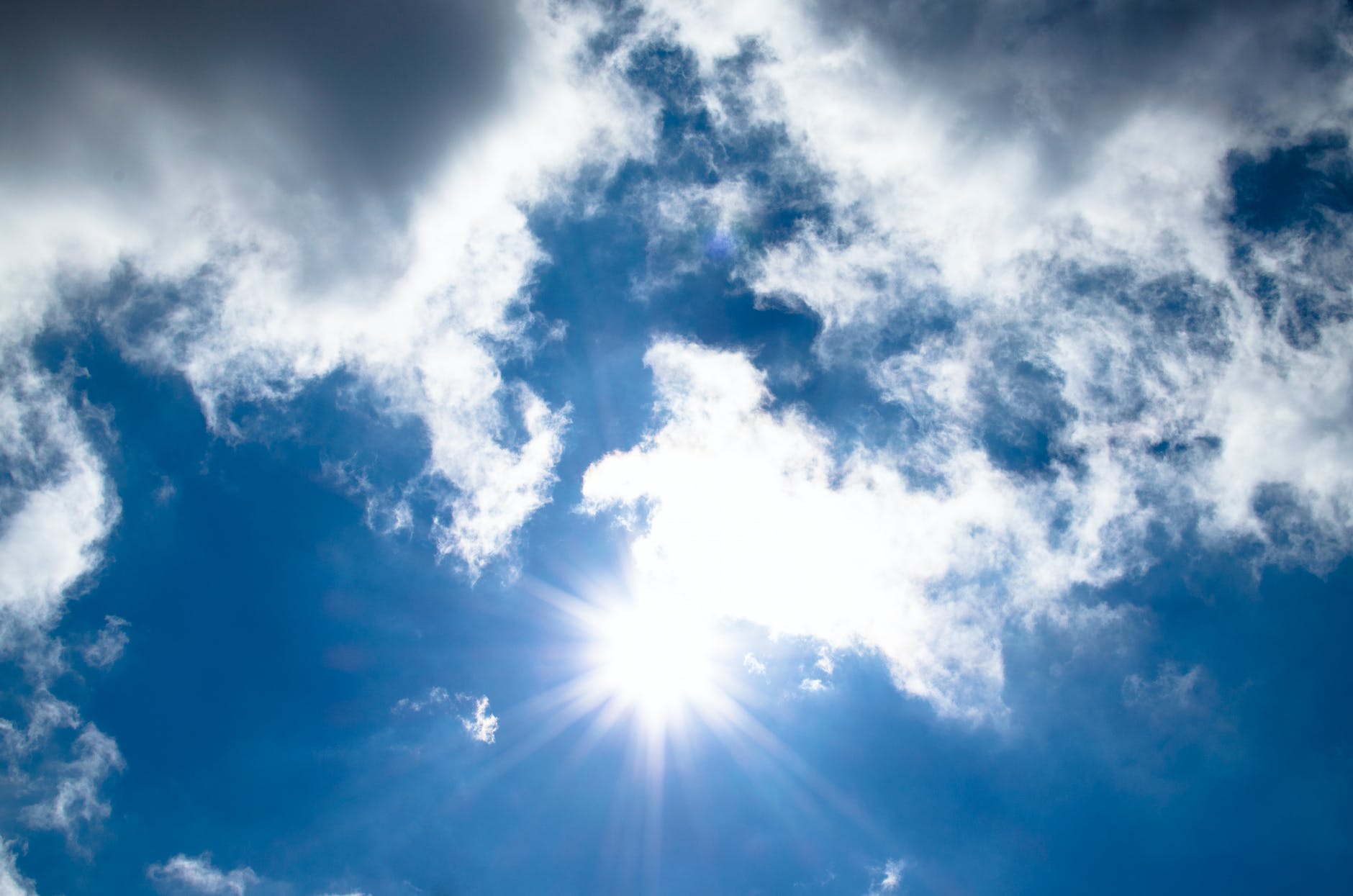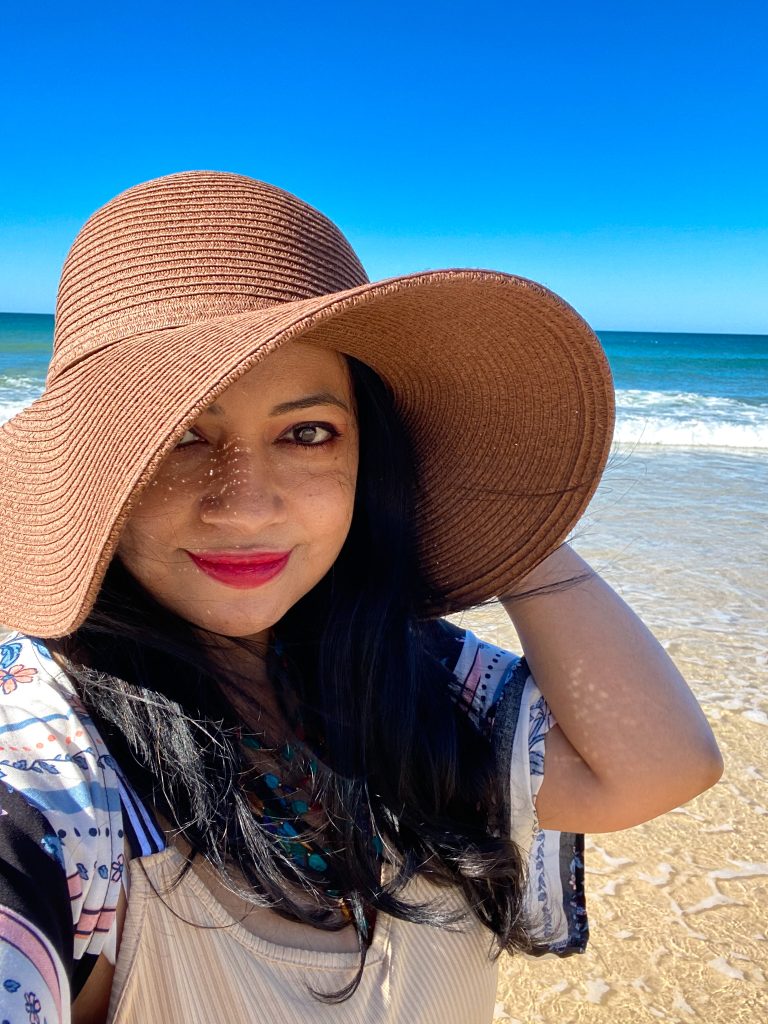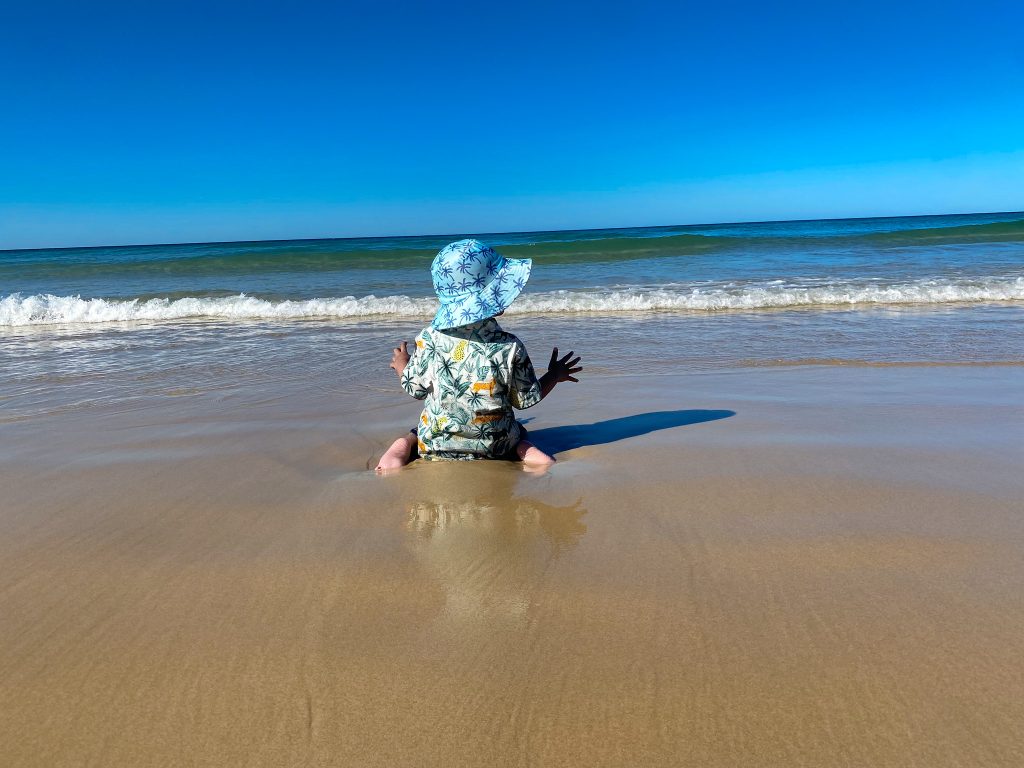I have a big confession to make. Big for a skincare blogger anyway. I’ve not cared much for sun protection, particularly sunscreen, for much of the 40 years of my existence.
In fact, I only started using sunscreen regularly after I arrived in Australia seven months ago, in May 2021. What prompted this was not any visible sun damage to my skin (I wouldn’t know if I had it), but the stern hard-to-miss warnings posted everywhere regarding sun damage.
Sun protection is a big thing here. The UV Index is often extreme in Australia, especially in summers. This can be attributed, among other things, to it being closer to the equator and the clear blue pollution-free skies.
Also, the ozone layer right above this geographical region has been thinning more than it has in other parts of the world, leading to increased exposure to UV-B rays.

In very simple terms, the sun is extremely harsh and can cause a lot of skin damage to those who are unprotected from it.
Australia has the highest incidence of skin cancer in the world, followed by New Zealand. (Norway, Denmark, and the Netherlands round out the top 5 countries in this regard, which I find rather interesting to note.)
The general awareness about the proven damage caused by the sun spooked me enough to promptly buy sunscreen and start using it regularly, on myself as well as on my then 2-year-old son. Unsurprisingly, the first buy (Ultra Sunscreen SPF 50+ from Cancer Council) was super greasy.
Here’s the single biggest reason I have not been a regular user of sunscreen because it is just so darn hard to find something that agrees with my skin and doesn’t turn me into a greaseball in 5 seconds, or leave a strange whitecast, or make me sweat.
www.oilyskindiaries.com
In short, rarely have I ever found a sunscreen that I liked. I’ve lived the vast majority of my life in India, which is sun-drenched for almost the entire year, and never been able to use sunscreen much.
I have suffered horrible sunburn and frequent tanning (which I have now found out is also an indication of sun damage). I was also not as aware of the deleterious effects of the sun as I am now. The awareness here in Australia is on another level.
It’s best not to go out in the sun during peak exposure times, but it’s neither realistic nor possible to entirely curtail sun exposure. One walks everywhere in Brisbane, after all, especially when you are newly arrived and do not yet have a car.

I bought a hat, discovered something called UPF clothing, and started carrying an umbrella as well (for when it’s too hot for a hat) to protect myself as much from potential sun damage. Despite the above, I’m pretty sure I’ve suffered more than a little sun damage.
Here are some interesting facts about UV radiation that I learned, how it affects our skin, and why you need to take sun protection seriously.
Radiation is everywhere
A common misconception is that if you do not go out in direct sun, or stay in the shade, you are protected from the harmful UV rays. I wish this were true. But radiation is dispersed in the air. It’s all around you. Even when you are sitting in the shade you need your sunscreen and sun protective clothing on. Shade (or a hat or an umbrella) protects you from the sun, not from the radiation.
A hat or an umbrella may protect you from the sun, but not from the UV radiation.
You still need sun protection on an overcast day
You may not see the sun but its UV rays have penetrated through the thick clouds and are now inhabiting the air around you. To reiterate the point made previously, radiation is truly everywhere. Even if it is raining, I still recommend checking the UV index of the area you are in and applying sunscreen accordingly.
Sunscreen is only one part of sun protection
Sunscreen is not just for the face. All of the exposed skin needs protection, including your ears. But sunscreen is only part of the equation. You also need a hat/umbrella, protective clothing that covers as much of your body as possible, and UV grade sunglasses.
Slip, slop, slap is what children in Australia are taught from a young age. Slip on a full-sleeved t-shirt, slop on a sunscreen with an SPF of minimum 30, and slap on a hat. Also, seek shade wherever possible, and slide on your sunglasses.
And, of course, sunscreen must be reapplied every two hours. More frequently if you’re sweating profusely or have been in the water.

Sun-protective clothing is a thing
While one may not be able to upgrade their wardrobe to every single item being UPF 50, one can still make sure their clothing is giving them maximum protection on sunny days.
Interestingly, cotton – which is our preferred fabric for hot and humid days, is not very good at blocking the harmful UV rays from penetrating into the skin. Instead, it even absorbs the UV rays. Synthetic fibres such as polyester, or satin, which make it difficult to breathe on stuffy days, work wonderfully in this regard. So make sure you have an outer layer on in a fabric that works better at blocking UV rays to prevent potential sun damage to the skin.
Sun is only beneficial when the UV index is low
The sun gives us life and warmth, and we all love it. But as we are discovering, it also causes a lot of lifelong skin damage. Winter sun, in particular when the UV index is lower than 3, is mild enough to be enjoyed without sunscreen and the host of protective elements we need during summer and rainy season. This is a good time to soak in vitamin D through sunlight.
Better get your Vit D from food and supplements
This one surprised me the most. The exposure to UV rays and the resultant damage from it when the index is higher than 3 is not worth the vitamin D you get in return from it. Best get Vitamin D from food, is the current scientific recommendation.
Children need sun protection too
Even more so since their skin is very sensitive, and also because they have a lifetime of sun exposure awaiting them, so we must protect them as much as possible while they are still young (and willing to listen to us). Remember, slip, slop, slap. Good habits must start early!
You need sunscreen indoors as well
If you spend the most of your day in a room filled with light, regardless of whether the glass windows are open or shut, you should apply sunscreen indoors, too. Again, check the UV index and if it’s less than 3 you might not need sunscreen. A reading of 3 and up means slather it on!
You need sunscreen regardless of your ethnicity
Let’s play safe here. There’s just so much research out there on the (long-term) harmful effects of sun exposure, that even if you are not a fair-skinned person I’d still recommend following the best practices.
I’m of South Asian ethnicity, and I’ve gotten badly sunburnt on more than one occasion (lying on the beach under a strong monsoon sun in Goa, no sun protection at all) and I have highly-sensitive sun-intolerant skin in general. So it doesn’t matter what your ethnicity is, how dark or light the colour of your skin is, the sun can be harsh and we can all do with some protection – to what degree is entirely up to you.
How do you protect yourself from the sun? What has been the most effective way of doing so for you? Please share your thoughts in the comments below.






